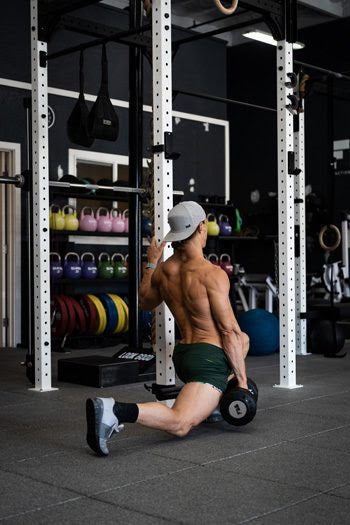5 WAYS TO BUILD FUNCTIONAL MUSCLE
A BETTER DEFINITION OF FUNCTIONAL
3 ENERGY SYSTEMS YOU NEED
5 KEYS TO MAINTAINING FUNCTIONAL MUSCLE


TIPS FOR DIFFERENT TRAINING SCENARIOS
CrossFit Class Tip
Globo Gym Lifting Routine
Be the uncommon unilateral trainee. Add more Structural Balance to your lifting. If you typically do 4 exercises per body part, then make an effort to choose 1-2 exercises each session that target unilateral movements. Need ideas? Search the Functional Bodybuilding Youtube demo video library for any movement you would typically do bilaterally (Bench Press, Squat, etc.), and you’ll find tons of unilateral variations with different ways to load.
